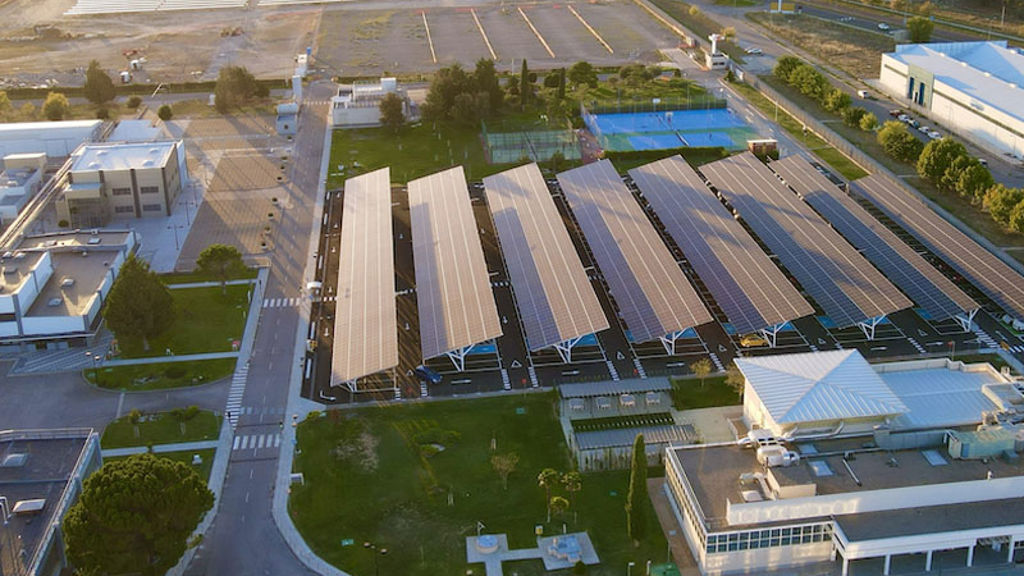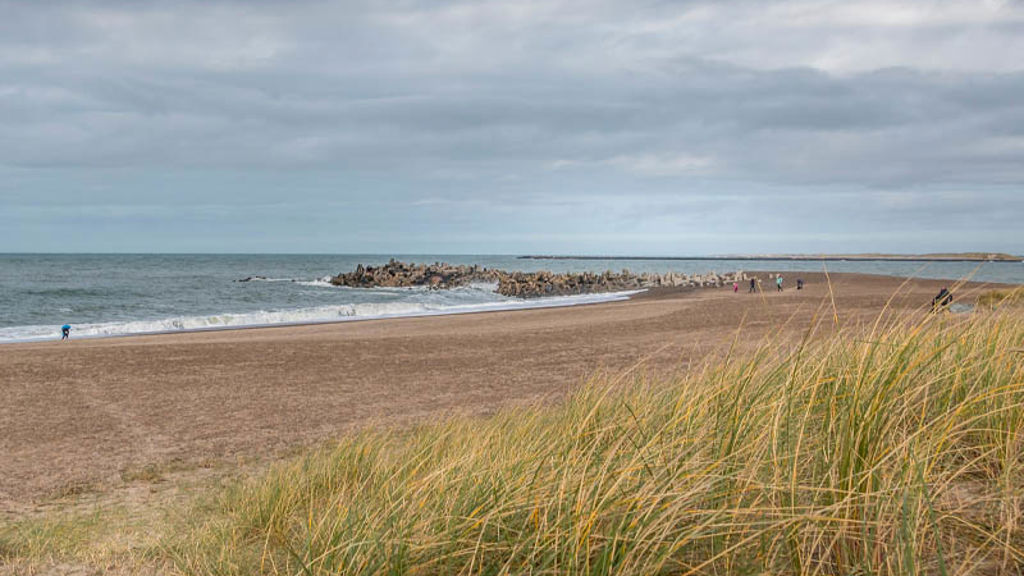Renewable energy is the future, but much of the energy generated when the sun is shining or the wind is blowing is lost to networks designed for stable, continuous energy production that can’t handle sudden spikes in volume. To capture renewable energy and use it when required, a storage system is needed.
The New South Wales (NSW) Government engaged Arup to locate the regions in the state with the best potential for development as pumped hydro storage systems which could act as energy storage systems to increase network stability and make better use of the energy generated by renewable sources.
The final result is a sophisticated ‘pumped hydro roadmap’ to help guide and give developers the confidence to invest in this renewable energy storage technology. The map provides a holistic assessment of the environmental, economic and technical parameters that need to be considered when assessing such developments.
Why pumped hydro?
NSW has great potential to develop electricity storage facilities in the form of pumped hydro, a system of energy delivery that has existed since the 19th century. A pumped hydro system consists of two linked reservoirs, one upper and one lower. When energy demand is low, water is pumped from the lower reservoir to the higher one. When demand is high, water is released through pumps which act as turbines to generate electricity that can be released onto the grid in seconds.
Discovering and defining the best opportunities for hydro
To support the uptake and use of renewable energy, Arup created a ‘pumped hydro roadmap’ for the NSW Department of Planning and Environment.
We combined our expertise with system-based geographic data from the Australian National University (ANU). In a truly integrated approach, the map used 35 data sets to identify possible environmental, commercial and technical constraints to highlight areas of greater accessibility for both roads and the grid.








